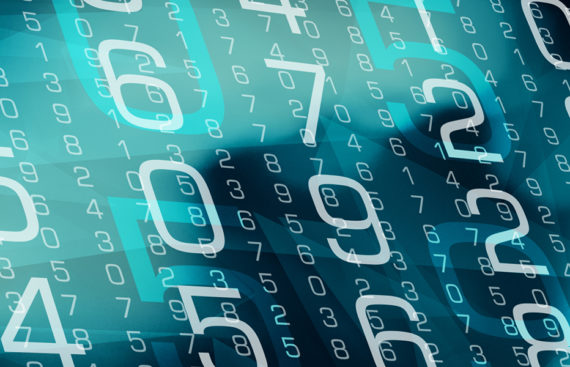Fraud
AI & Machine Learning In Fraud Detection
AI & Machine Learning In Fraud DetectionFraud is unfortunate—but it happens. According to the Association of Certified Fraud Executives (ACFE), organizations worldwide lose five percent of their annual revenues thanks
How Explainable Machine Learning Enhances Credit Card Fraud Prevention
Advertising is more data driven today than ever before. Digital advertising has evolved over the last ten years to define audiences at much greater levels of granularity.
Uncover Actionable Insights Using XAI
Advertising is more data driven today than ever before. Digital advertising has evolved over the last ten years to define audiences at much greater levels of granularity.
You Don’t Have to Sacrifice Machine Learning Precision for Explainability
Artificial intelligence and machine learning are rapidly on the rise. Having just attended Forrester’s Data Strategy and Insights Conference in Orlando, FL, we heard these terms frequently mentioned in many presentations.
The Value of Explainability in Artificial Intelligence
The Value of Explainability in Artificial IntelligenceAI applications are finding a role in many business processes. Machine learning algorithms add speed, precision and automation to enable companies to drive improved
How XAI Enhances Predictive Analytics in Banking
Predictive analytics plays an important role in the banking industry when it comes to fraud prevention, risk assessment, and more. Discover how explainable AI can enhance the functions predictive analytics serves in banking.
How GDPR is Going to Change Digital Advertising
Facebook recently announced that it will no longer support 3rd Party Data Partner Categories or enable advertisers to create campaigns against custom audiences in their platform due to privacy regulations.
CIO Journal Coverage
According to CIO Magazine, May 2nd, 2018, major brands are intensely searching for explainable AI solutions for several reasons spanning guarding against ethical and regulatory breaches to understanding when to override machine based decisions or how to improve them in the future.
Explainable AI is Responsible AI
In Cognilytica Research’s briefing note on simMachines, January, 2018, it highlights the black box challenge of today’s AI machine learning technologies and the fundamental problems lack of explainability causes.
Similarity Based Machine Learning Provides AI Transparency and Trust
Similarity is a machine learning method that uses a nearest neighbor approach to identify the similarity of two or more objects to each other based on algorithmic distance functions.









